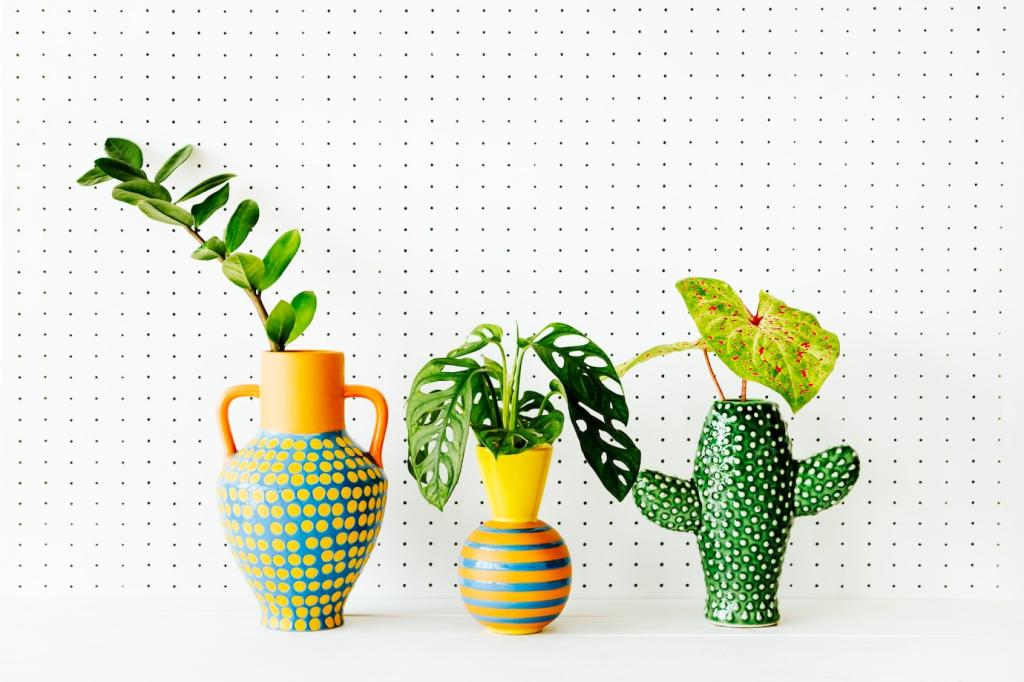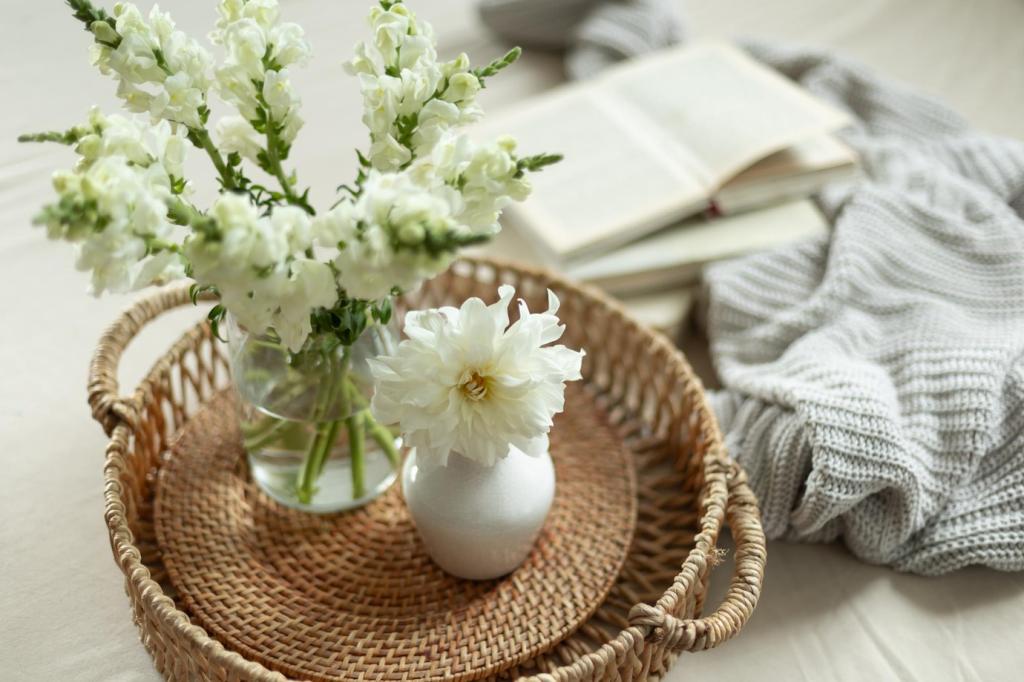This website uses cookies so that we can provide you with the best user experience possible. Cookie information is stored in your browser and performs functions such as recognising you when you return to our website and helping our team to understand which sections of the website you find most interesting and useful.
Incorporating Biophilic Design in Modern Homes
Biophilic design represents a contemporary approach to architecture and interior design, integrating elements of the natural world into living spaces to enhance well-being and harmony. As urban environments continue to grow and lifestyles become increasingly fast-paced, the need for a deeper connection with nature has become more pronounced. Biophilic design goes beyond mere decoration, aiming to create living environments that nurture the human instinct to connect with nature. This approach has gained significant popularity in recent years, not only for its visual appeal but also for its proven benefits on health, mood, and productivity. Understanding how to incorporate biophilic principles is essential for those looking to transform their modern homes into sanctuaries of serenity, comfort, and inspiration.

Benefits of Biophilic Design in the Home


